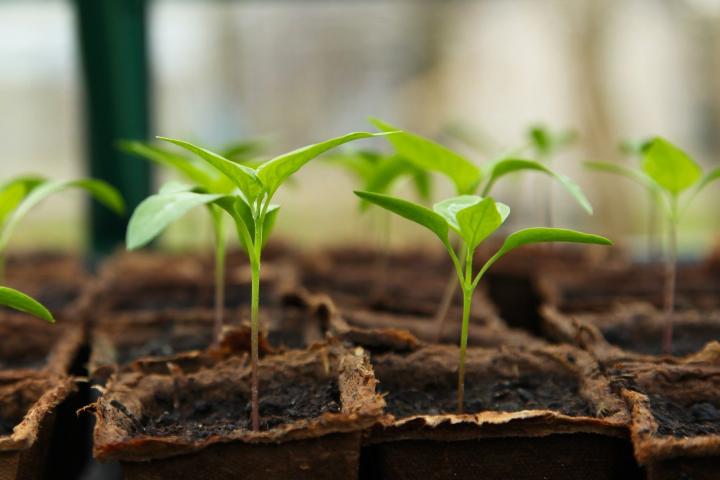
Starting Your Garden Indoors
Although it may not seem like it with this snowy weather, spring planting is right around the corner! You can get a head start on your garden this year by creating your own indoor growing area. Plugs are always a good option if you do not have the time to start your own seeds indoors, you have had trouble with seed germination, or more, but plugs are not worth the cost for everyone.
Starting with seeds is more cost effective and it is easier to have a larger selection. Using seeds allows you to be picky, giving you the chance to easily choose exactly what variety of each plant that you want to grow. You not only get the chance to be extra picky about the variety you choose, but you can be extra picky about what plants you will put into your garden. You can choose the strongest plants for your garden because you will know which ones have the best growth rate. While there are many great reasons to start your plants from seeds, we all know that it is possible to see challenges from this method. The best way to combat most challenges is to start your plants in an indoor environment and give them a good chance before transplanting outdoors. Growing indoors is specifically important for warm season plants. However, it can be beneficial for cold season plants as well to ensure they are able to reach their full potential in their short window of ideal outside time.
Setting up an indoor space to grow can be very simple! If you are starting seeds for your whole garden a shelving unit is a great solution to avoid taking up a lot of space with your plants. The second step to setting up your indoor growing system is finding the right grow light for the plants you are working with. The grow light is an important step to the process. They are used to replicate natural sunlight that the plant would be getting outside. There are several types of grow lights to choose from, including LED (light-emitting diodes) grow lights, fluorescent lights, and compact fluorescent lights (CFLs). Again, the type of light you choose depends on what is best for your situation. If you choose to get a shelving unit, grow lights can be attached to the shelving units above the plants. If you do not use a shelving unit, position the grow light by following the directions that come with the light (above is always a good option, however). After you have your lights set up, be sure to set a timer so your plants have the light on them for 12 to 16 hours per day. After you choose your plants and plant them following the instructions on the seed packet, place them on the shelf (or wherever you have planned for). You will want to circulate the air around the plants and make sure to water as needed. A good rule of thumb is that you should be watering whenever the soil is dry. Watering effectively is one of the most critical steps to this whole process. Finally, the temperature of the environment is the last piece to this puzzle. The best temperature for growing seedlings is around 70-78℉ during the day time when the grow lights are on. At night, you do not want the temperature lower than 60-65°.
Your seeds can be planted into any container, but drainage for the soil is something you must consider. The black planting trays that you may have leftover from previous plant plug purchases are perfect to recycle for growing indoors. If you have no containers to use, the planting trays can be found online or at most stores that sell plants. An indoor space to start seeds may be exactly what your garden needs to go to the next level. Happy planting!